Most people think legumes are safe to eat – but are they really?
In the Paleo world, grains (specifically gluten) get the most attention as a food group to avoid. Undoubtedly, the next is dairy – which some dieters actually do consume – if they follow a more primal template. However, the little-mentioned third cousin in this story is legumes.
Generally much less problematic than grains or dairy, many look at legumes as somewhat favorable, or at least fairly harmless. In the ever-enlarging nutrition world, the Weston A. Price Foundation says legumes are okay to eat – as long as they are properly prepared to improve digestibility. This means soaking, sprouting, and/or fermenting the legumes, in accordance with older, more traditional methods.
Do you struggle with bloating, gas, constipation, or other digestive issues? We’ve created a FREE guide to healing your gut naturally.
Click here to get your FREE copy of our Digestion Guide!
What’s The Issue With Legumes?
Interestingly, Chris Kresser (who is in line with most Paleo principles) explained that legumes can be eaten — in moderation. This goes specifically against the Paleo template. Who knew they could create such a controversy? While my rational opinion here is that most clients do fairly well with them, there are plenty of people who do not. On more of a negative note, they don’t provide all that much actual nutrition – so there is fairly little reason to consume them. This is all well and good. But what does the actual, scientific evidence say?
What Does Science Say About Legumes?
Well, in short: it’s complicated. Peanuts and soy (included in this family) are definitely not doing anyone any favors, and the insanely reactive peanut allergies seen in many, gives a fairly visible sign that there is more going on in some legumes than meets the eye. But to backtrack a bit here, legumes are generally defined as plants, which produce a pod, with seeds contained inside. Most people are usually referring to the seeds of these plants, when they say the word legumes.
Common Legumes
The most common types usually consumed are lentils, peas, chickpeas, beans, soybeans and peanuts. If you just had some gastrointestinal pain at the mere mention of these items – you are not alone. Legumes fall into a category called FODMAPS. That stands for: fermentable oligosaccharides, disaccharides, monosaccharides and polyols. These foods are notorious for causing gastrointestinal distress (especially in those with IBS or digestive issues). Legumes in particular contain a type of carbohydrate called oligosaccharides, which the body has trouble breaking down, causing gas.
However, some amounts of oligosaccharides are removed via the simple cooking process. Interestingly, our ancestors throughout various time periods always took great care to properly prepare grains and legumes, if they were going to consume them. This is a perfect example of anecdotal, passed-down knowledge. Ancient culture (and to a large extent, our culture) has largely advanced due to small tips and methods like these.
In the modern world, however, one of the most popular types are garbanzo beans (sometimes called chickpeas). Fiber content is one of the most highly regarded aspects of chickpeas, and with good reason. Two cups of these beans can provide an entire day’s worth of fiber! But chickpeas can also cause great digestive distress, and also lack complete protein, leaving these legumes as just a “so-so” nutritional choice.
Phytic Acid And Protein
In addition to chickpeas, lentils are one of the other most popular legumes that are touted as a great source of nutrition. Nearly 20 grams of protein can be found in one cup of lentils, in addition to a variety of other nutrients, vitamins and minerals. But are all of these bioavailable – meaning, can they actually be used by your body? This is where we get into murkier territory. One problem is phytic acid, which helps to stop minerals from being absorbed by your body. However, lots of Paleo-friendly vegetables actually contain more phytic acid than legumes.
With regard to protein, eggs, poultry, meat and fish have much better digestibility and bioavailability of protein, when compared to legumes. Not only do many animal sources of protein provide vitamin B12 and iron, they also contain a complete set of essential amino acids. The same cannot be said for legumes. Without complete protein sources at every meal, it becomes quite difficult to get enough protein in one’s daily diet – potentially leading to deficiency problems down the road.
Legumes And Vegetarians
This is part of the issue that vegetarians commonly run into – they have quite a hard time getting enough quality protein. I have had numerous clients who say they eat “lots of protein” but when I actually have them write out their diet for me, they are counting nuts and seeds as “high” protein foods. The problem here is that these are specifically mentioned as low quality sources of protein.
It can be very misleading and challenging for many to find foods which are very high in quality, usable protein. But this is part of what makes the Paleo diet so great! It simplifies everything for you. By eating meats, eggs, seafood and poultry, you’ll be consuming only the best, most complete sources of protein.
Antinutrients in Legumes
One commonly cited reason to avoid legume consumption is the antinutrient content found within them. Antinutrients impair our body’s ability to absorb and assimilate potential nutrients found in foods, and are more common than you might think. Since legumes are found in the wild, and they can’t run away from predators like animals can, they contain antinutrients partially to help stop their reproductive materials (seeds) from being destroyed. None of this science changes when we try to eat legumes!
Beans in particular contain some of the highest concentrations of antinutrients known (this is part of why they cause so much gastrointestinal distress). It’s also part of why most beans are cooked before being eaten. The staggering list of antinutrients found in legumes includes, but is not limited to: lectins, saponins, phytate, polyphenols (tannins, isoflavones), protease inhibitors, raffinose oligosaccharides, cyanogenetic glycosides, and favism glycosides.
Lectins in Legumes
To stop the plants from being consumed, legumes contain lectins, which are quite harmful if not removed (usually via cooking). Soybean lectin in particular is known to impair intestinal permeability and can contribute to a leaky gut. This can be problematic because a leaky gut promotes low-level systemic inflammation, which is the first step in many diseases and syndromes in the Western world today.
Peanut lectin (specifically peanut agglutinin) has been linked to a disturbed gut lining, and, as a result, is doing no favors for your body. This is part of why it is best to cut out the peanut butter on a regular basis. This study even possibly links peanut agglutinin and cancer!
Soy
The phytoestrogen content of soy is one of the main problems with consuming it on a regular basis. For those who may not know what phytoestrogens are, think of female sex hormones. By consuming a decent amount of soy on a regular basis, you are also consuming a fair-sized amount of these estrogens. The research is still unknown as to how this directly affects the human body, but it seems to be a safe bet that men won’t respond favorably to soy.
(Related: Is Soy Bad For You?)
Of these phytoestrogens, isoflavones are the most well-known and studied. Soy isoflavones actually activate your body’s estrogen receptors, which is a somewhat scary thought for those who like to consume lots of soy protein bars! But this is likely not an issue that will be great in its impact, since you’d have to consume lots of soy on a daily basis for things to start going haywire.
Properly Preparing Legumes
Although there are different ways to prepare legumes, soaking them, then cooking them (as outlined on Whole Health Source) is the simplest. By soaking legumes, we neutralize their toxin and antinutrient content. You’ll also be happy to know that soaking your legumes can help to decrease gas you may have from consuming them! By soaking legumes, enzymes in the seeds actually help to breakdown the antinutrients found within. And if you properly soak legumes, your cooking time will be reduced as well!
The Bottom Line
In closing, the issue of legumes is not really black or white. If you really enjoy legumes, and you tolerate them moderately well, it makes sense to consume them in small quantities. However, for the rest of us, it’s probably beneficial to leave them out of our regular diet, as legumes provide little actual nutrition and could potentially cause problems (especially in those with gastrointestinal or autoimmune issues). Try leaving them out of your diet for 30 days, and then adding them (slowly) back in. See how your body responds, and go from there!


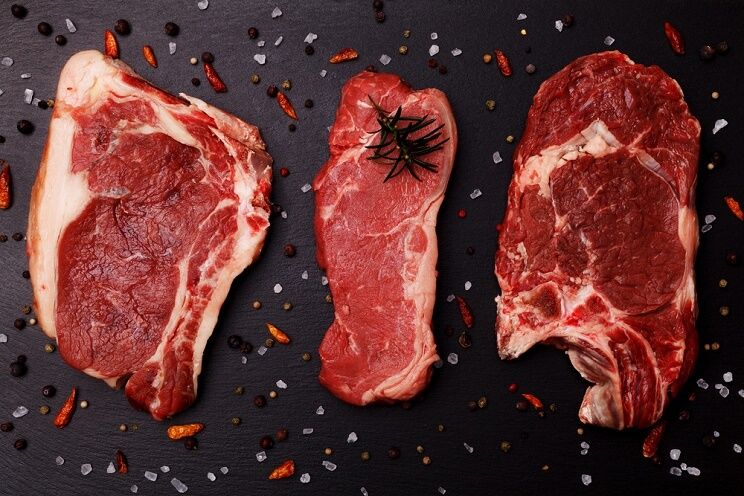 11 Tips to Grow Your Hair Faster
11 Tips to Grow Your Hair Faster

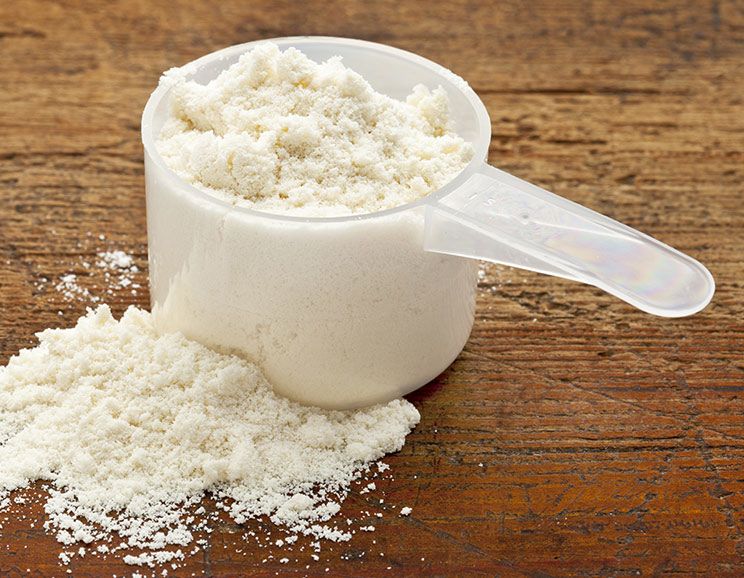
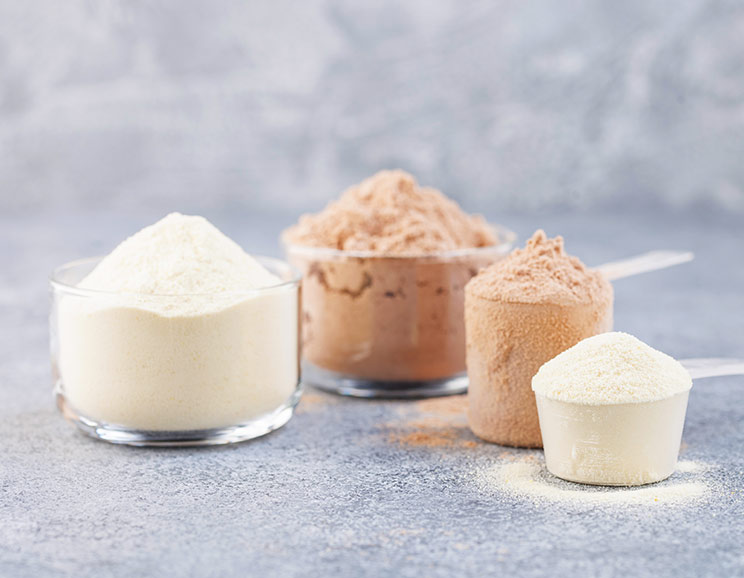
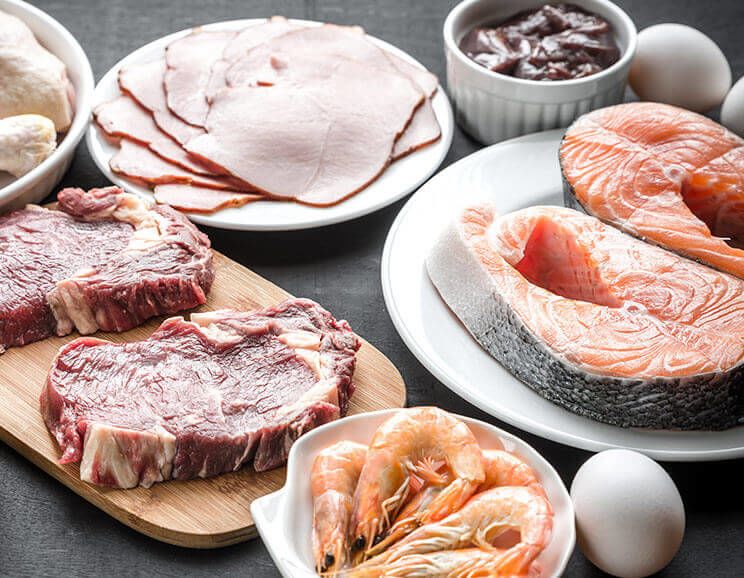

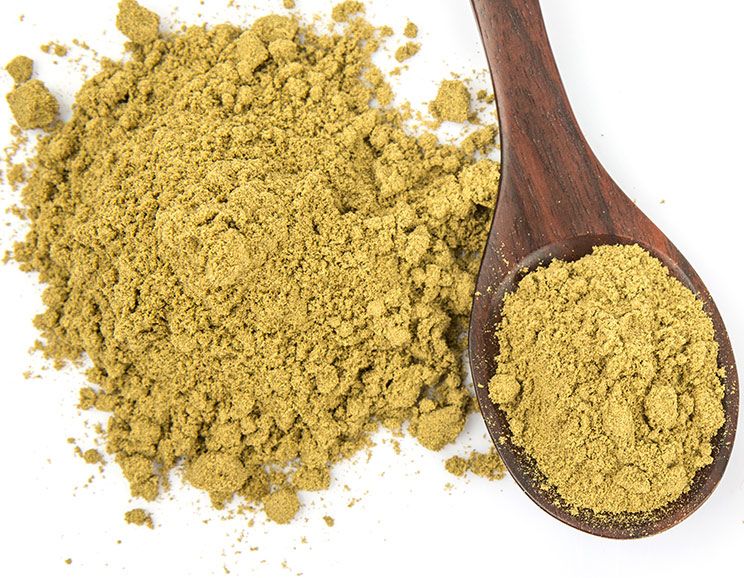
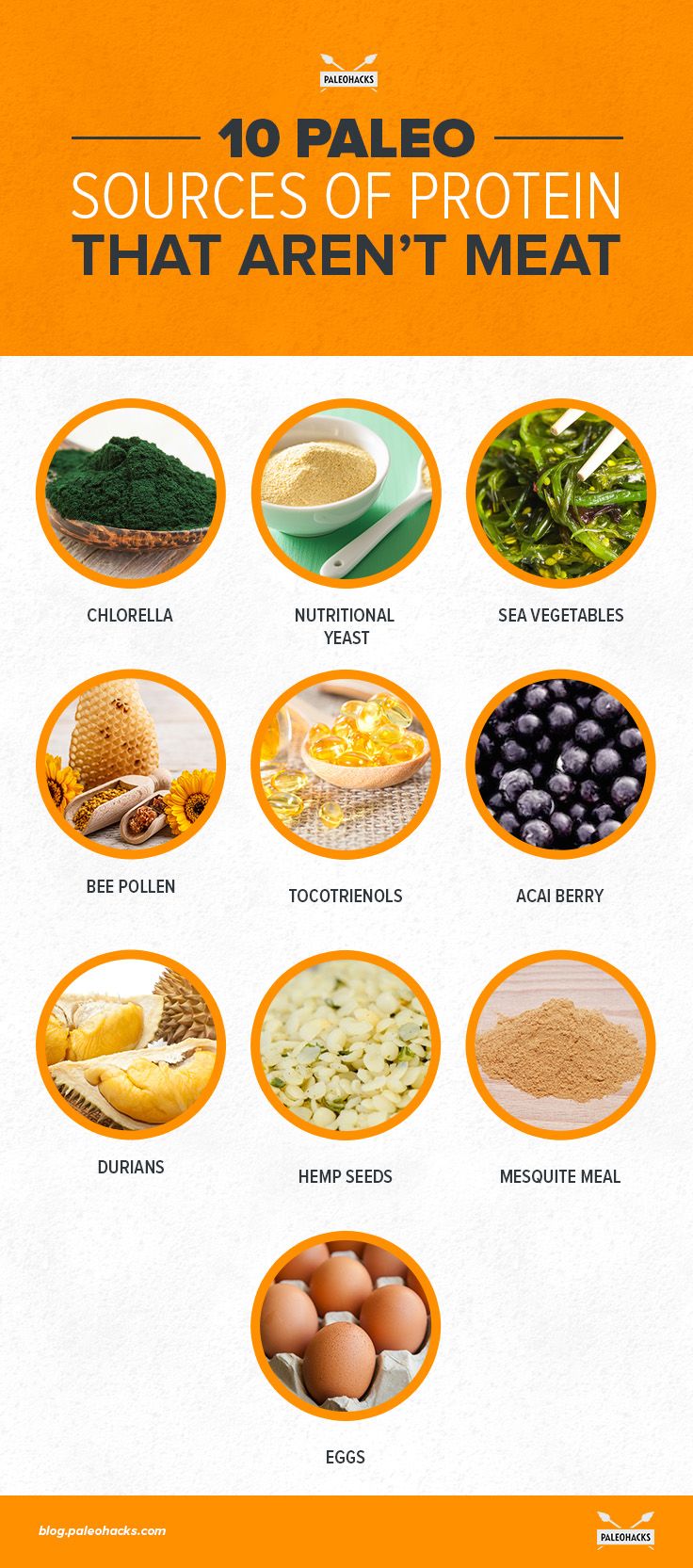
Show Comments